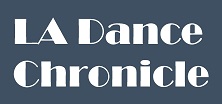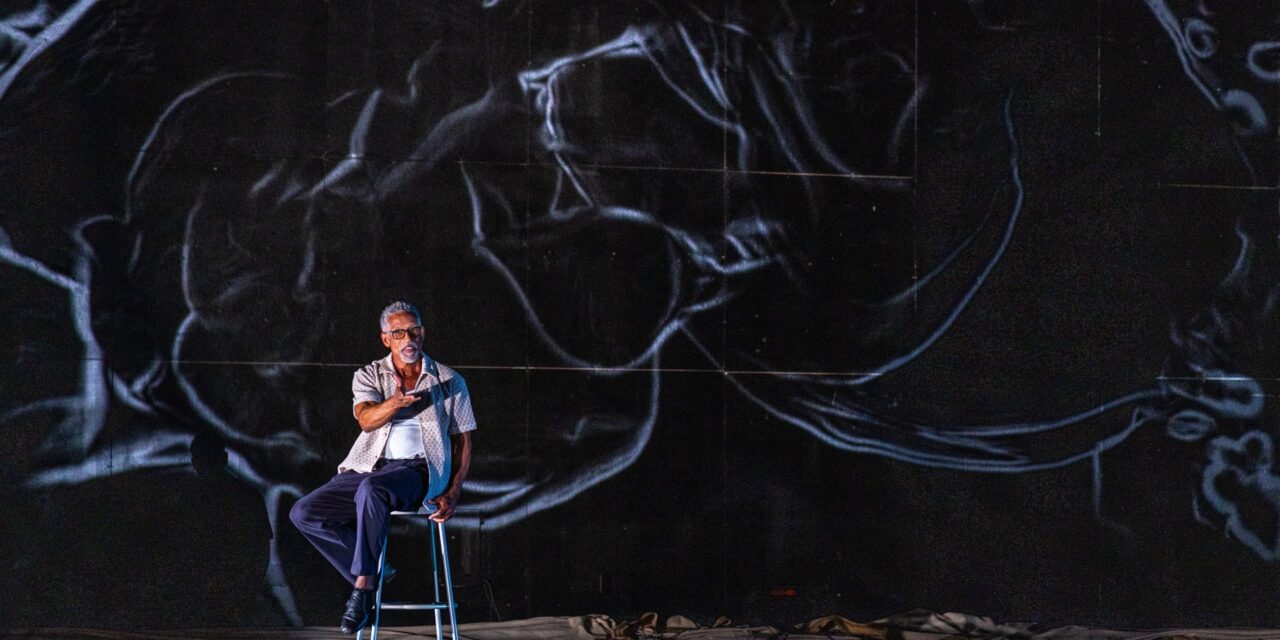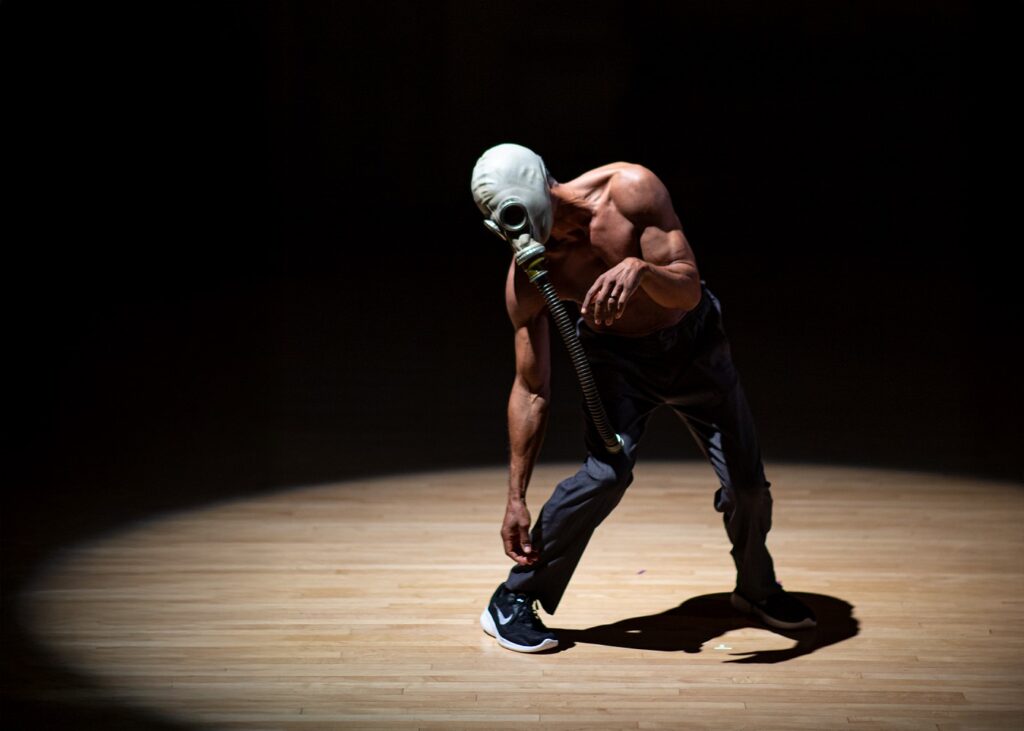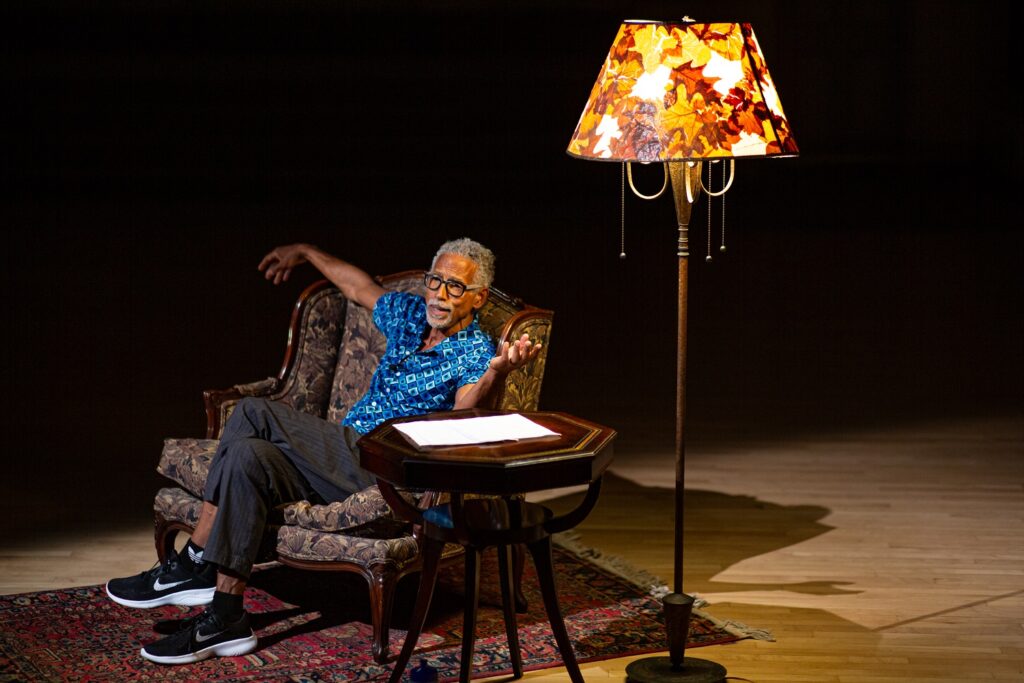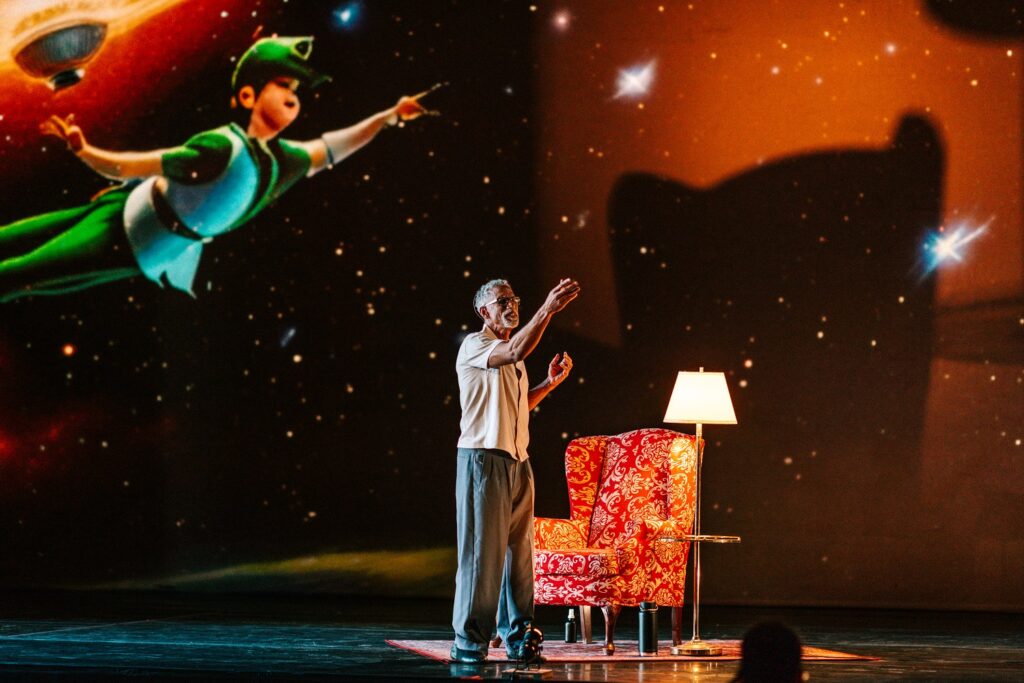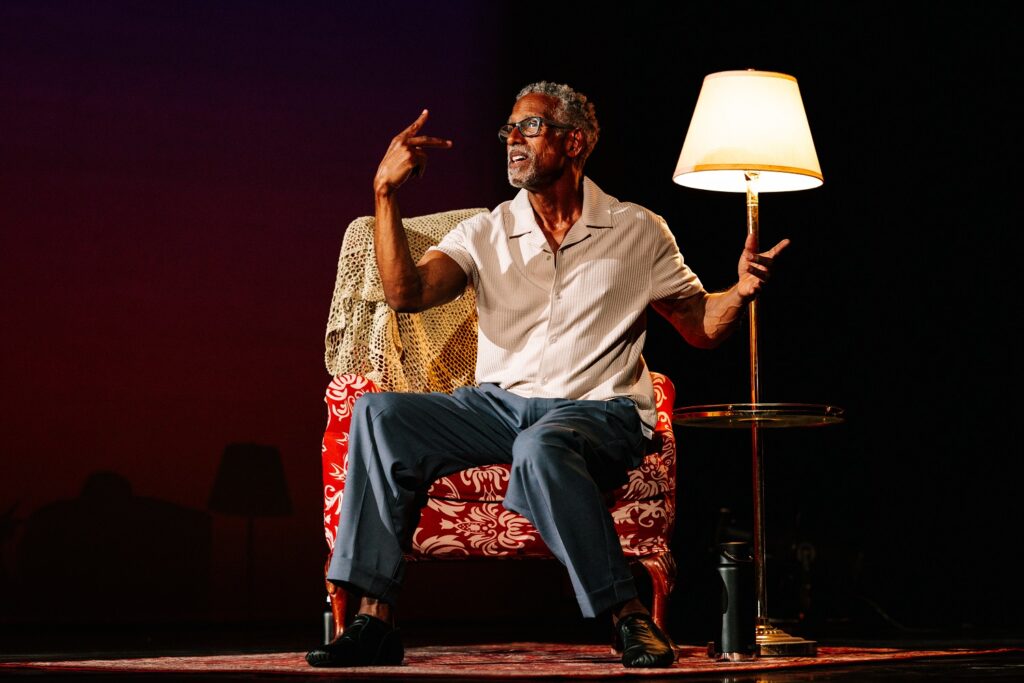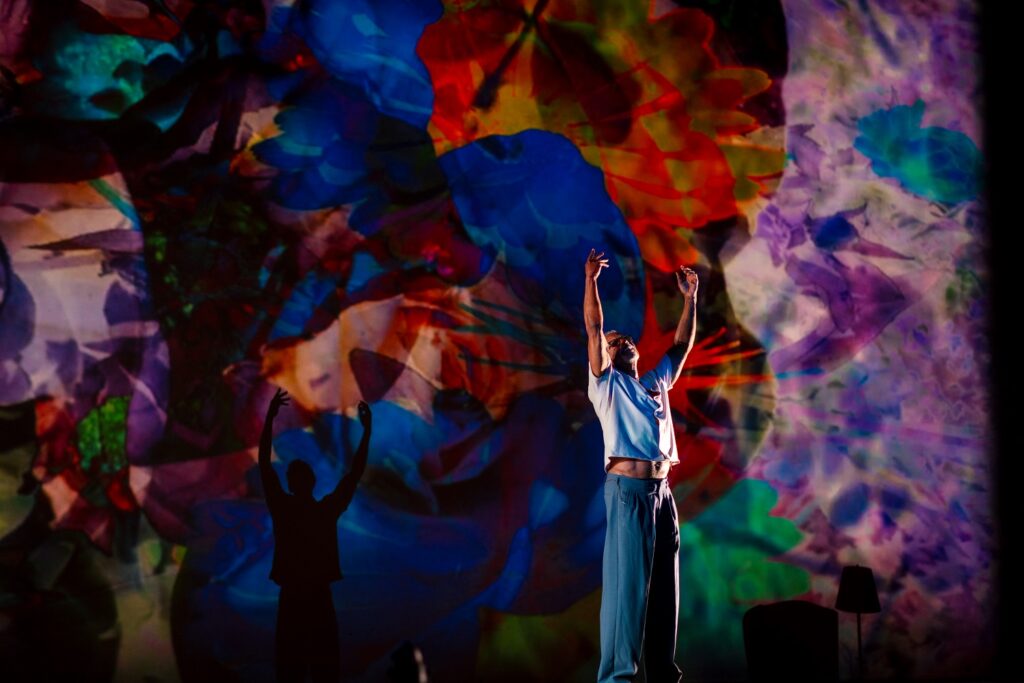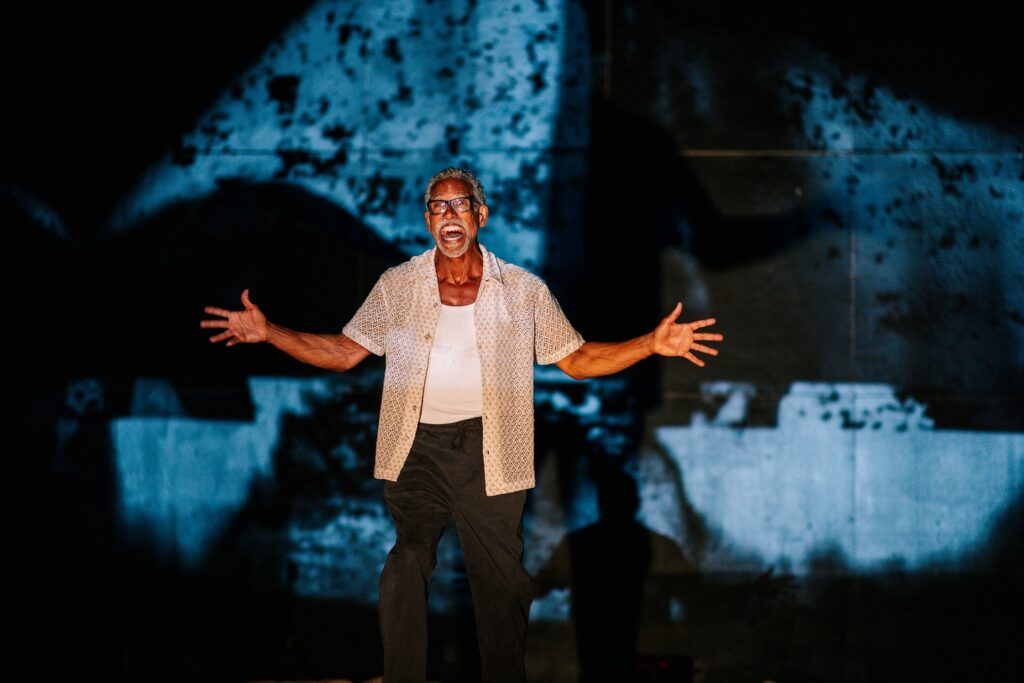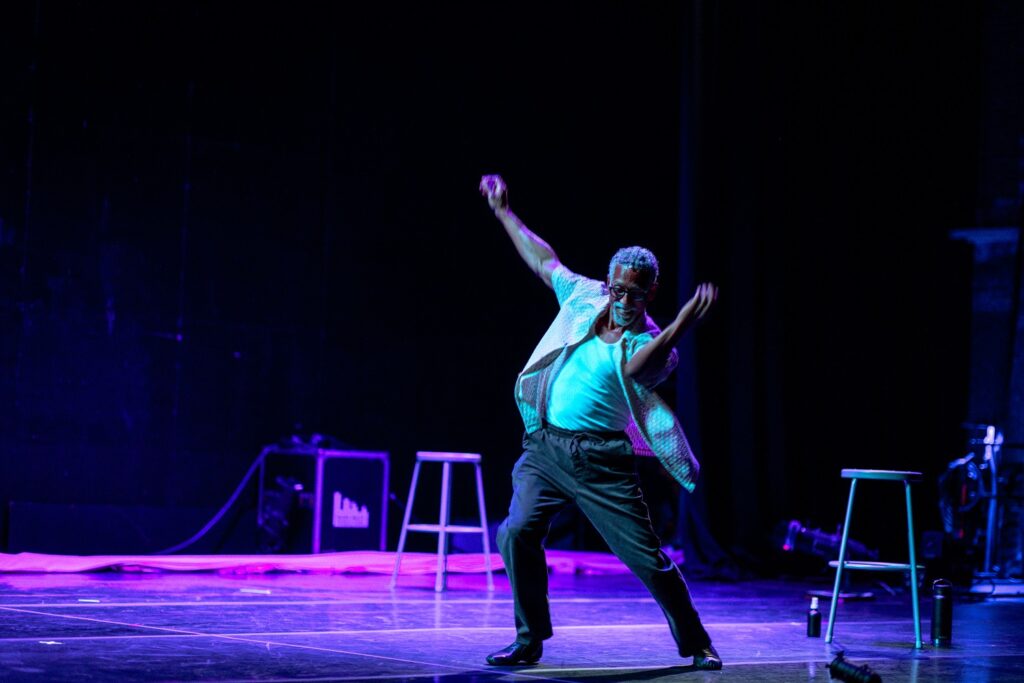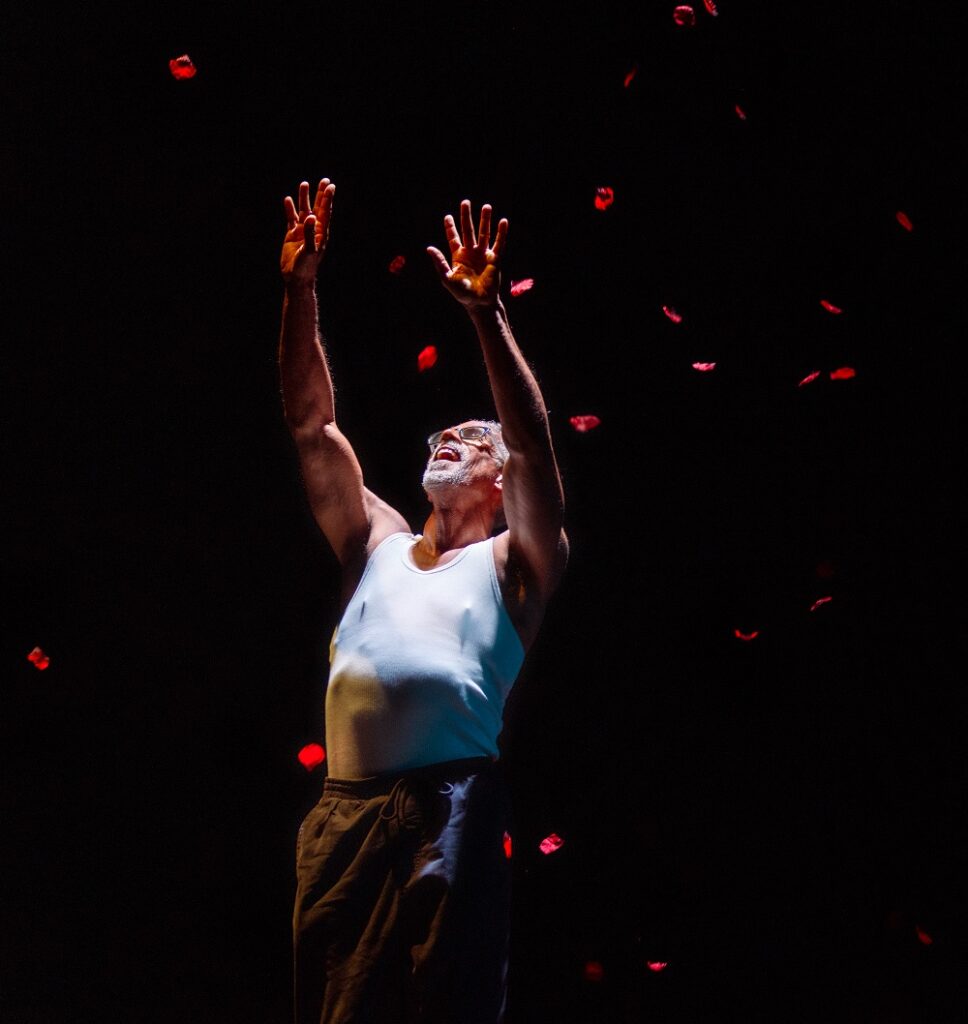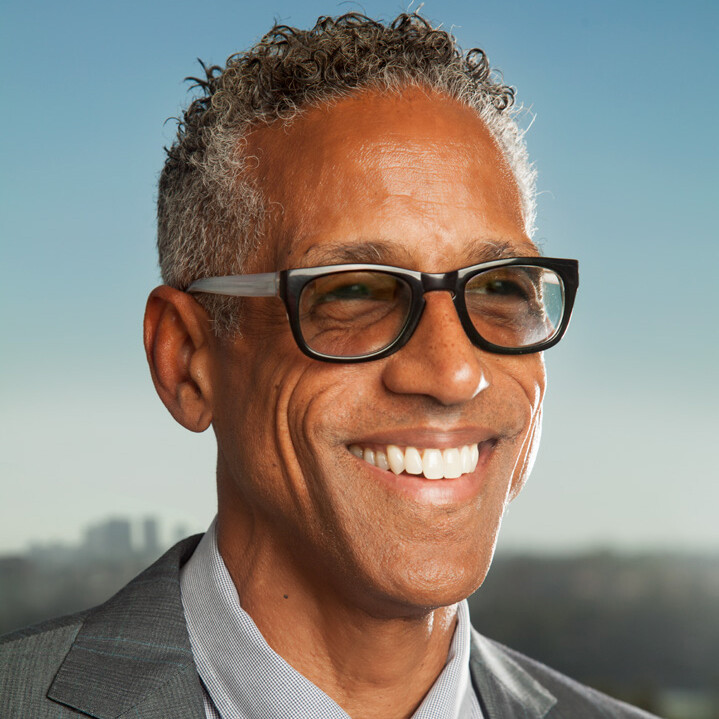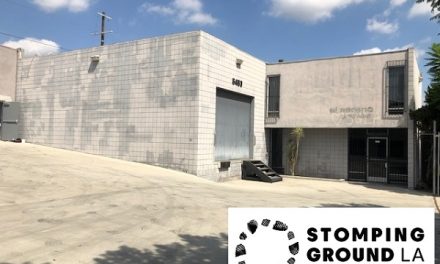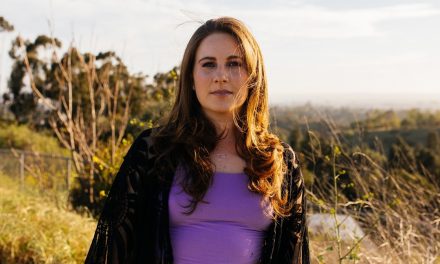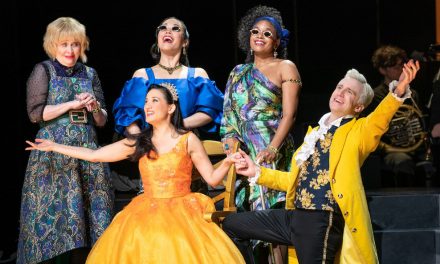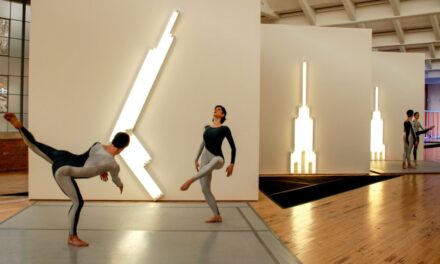I had the immense pleasure and honor of speaking with dance icon David Roussève. Professor Roussève has an awe-inspiring resumé. He graduated magna cum laude from Princeton and is a Guggenheim fellow. He has written, directed, and choreographed 14 FULL-EVENING works for his company, Reality, has been commissioned for works all over the world in both concert dance and theater venues, and has created three award-winning short films. His writing has been published in collections by Bantam Press and Routledge Press. His awards include a “Bessie” (N.Y. Dance and Performance Award), three LA Horton Awards, the CalArts/Alpert Award in Dance, seven consecutive NEA Fellowships, the Distinguished Alumni Award from the Association of Black Princeton Alumni, two Irvine Fellowships in Dance, a Guggenheim Fellowship, and a Creative Capital Fellowship. A distinguished academic, Professor Roussève served on the faculty of Princeton University, the Columbia College summer program, and Randolph Macon College, among others, before joining the Department of World Arts and Cultures/Dance at UCLA in 1996. While at UCLA, he served as Associate Dean, Acting Dean, and Interim Dean of the School of the Arts and Architecture. He retired from his teaching position as distinguished professor of choreography, retaining the title of distinguished research professor. His artistic journey continues unabated.
We discussed his upcoming, highly collaborative performance of Becoming Daddy AF, which is his first evening-length solo in more than 20 years. Becoming Daddy AF is a meditation on life’s purpose created and performed by a queer African American man acutely aware of the finite time he has left on the planet. It explores, among other things, genealogy, the aging body and its relationship to virtuosity in dance, and the enduring and all-encompassing power of love. The movement vocabulary, while based in the fusion of street, jazz, and modern that Prof. Roussève has developed with his company and students, is adapted to the contraction of a body that is technically less facile but infinitely wiser. We also discussed his experience as an artist and professor at UCLA over the last 25 years, and his thoughts on the dual challenges facing both academia and the arts in the current political and social landscape.
The piece started about four years ago, when a professor at UCLA named Victoria Marks, who’s also an amazing choreographer, was doing this event, which I love, called 10 Questions. She brings together academics, artists, scholars, social workers, and community workers together and asks how they would answer one question. The question she asked us to answer, from our perspective, was, What Is LOVE? I knew that my next piece might actually be about love and the meaning of life, which I think has something to do with the meaning of love. And so I gave so much time and effort to writing something that was time-jumping. I knew it didn’t want to be linear in terms of time, that took multiple perspectives, that quoted work from my archive. Once I had this 20-minute speech together, I realized this is exactly what I want to work on, bringing this into full life as a dance theater piece and as a solo for myself.
Professor Roussève then spent the next few years writing text (we probably have 10 times as much text as we ultimately used in the show!) before bringing in his collaborators, an all-Los Angeles-based team. Early dramaturgy was with Queer performance/installation maker Julie Tolentino (faculty CalArts School of Art, Whitney Biennial 2022, and original REALITY company member), then with Artist | Director | Educator Charlotte Brathwaite. (Charlotte is based in NYC and Senegal.) Collaboration actually started with the lighting designer Christopher Kuhl before connecting with video designer and interdisciplinary artist Meena Murugesan and sound designer d. Sabela grimes. The costume design is by Leah Piehl, with production technical assistance by Padra Crisafulli.
The piece has gone through three developmental technical residencies; the first half was presented at Dance Space Project in New York. The full piece was presented as a work in progress at MASS MoCA, co-produced by Jacob’s Pillow. The final tech residency took place at the Kelly Strayhorn Theater in Pennsylvania in September.
The show will premiere on October 17 and 18 at UCLA’s Center for the Art of Performance.
I was curious about his collaborative process, not only with his team, but also with students. Did he engage with students during this long development process?
I did invite some students, and especially former students, to showings, and really took their feedback. I would have older, mature artists like Dan FrOOT and Victoria Marks, and Anne Carlson. I am just completely indebted to artists of that caliber, willing to give their time to come in, watch the work, and give feedback. I also invited very young artists, recent MFA grads, and recent BA grads to give perspective from this more youthful side. You know, what would be engaging to a young person about this piece?
Though Prof. Roussève has collaborated extensively with students on movement vocabulary for other group pieces, such as Stardust and Halfway to Dawn, this one was different.
You know, the core question is not only what CAN a 65-year-old body do, but also, more importantly, what does a 65-year-old body WANT to do? Even more importantly, how do you define virtuosity for a 65-year-old in a way that’s not demeaning to age? And I thought, okay, unfortunately, I have to do all the labor and bring the vocabulary to life. I was relying on my own body, but I did use the students for feedback.
The beauty and wisdom of the older body weaves throughout our conversation as we each recount moments on stage or in the studio that took our breath away.
I went to the Brooklyn Academy of Music to see my favorite company of all time, Pina Bausch Tanztheatre, and PINA, O. M. G. changed my world. I think it was one of the water-based pieces; the company was phenomenal. The technique was flawless. The curtain closed. She stood in front of it and did a solo. She must have been in her mid-60s, early 60s, and my world was rocked. It was no longer, theoretically. “I kind of am intrigued by what mature dancers bring to the stage.” It literally became, “I could watch this all night long, the maturity, the life.” She would raise her arm, and I was like, Oh, my God, I’m learning about life by watching this mature body, the wisdom, the interpretive ability that the younger dancers, for all their technical progress, they could not approach; What someone with 40 years or 50 years of dancing could do! That was a moment when I thought, Do not be afraid to grow older.
Roussève’s academic career is inextricably woven through his creative career of the last three decades. He joined UCLA in 1996, when the department was asking, What do dancers and interdisciplinary artists need to make work within and for the current world? They were looking to change the status quo. It was not easy. He spent the first 15 years looking for a way out, then had a revelation.
About 15 years ago, I thought, Why am I not taking advantage of these students here who really want to work with faculty who want to be pushed?
I discovered there was a course called repertory where you just make a piece on the students. So every single year, from that point forward, I made work by, with, and for my students. And that changed everything.
It changed his teaching, relationship with his students, and his creative process.
I take a long time to make a piece. Before I was in academia, there was the pressure of having to make money to survive. You gotta keep churning out work. I was able to stop churning out work. The group pieces can take three to five years to make, and that’s okay. I would just do a showing. After the showing, I would work with my students to really work out the nuance of the vocabulary. The last two pieces that I did, Halfway to Dawn and Stardust, were mostly with former students with whom I had been working for their four years there, and we had developed a strong relationship. So I eventually figured out how to use academia to better my own work through research, time, and effort,
He also developed a love for the teaching itself.
I especially love beginning composition for undergrads. I love, love, love, love, love it. I learn so much from these beginners. We have a question, a class on vocabulary, and a question on location. What difference does the location where you could perform or work in make? I learned so much about art and art making, and choreography by working with my students.
Prof. Roussève is a mentor to artists: about the world and about academia. Though he does not have a graduate degree, nor an arts degree, he credits his time at Princeton, his dance and acting teachers, for his love of teaching and of his students now.
They really showed me what the arts can do, the type of conversations you can have in the arts.
I try to prod my students to investigate: why are you making art? There is in my MFA classes (many students pointed this out as a highlight), an exercise called “Why I Choreograph.” I want to hear, for 20 minutes, why. Supported by examples of work within the field that you feel move you deeply in some way, your own work, and an example of a creative product from outside your genre. It can be written, it could be visual art, but it’s important for you to discover why you’re doing this crazy thing with your life. Because if you don’t know, it’s not worth it, it’s too hard. But, if you can find your bliss …making art should be your bliss. It has to be, otherwise it’s too hard. That was the main thing I loved: trying in the best ways that I could to guide students to find their own bliss around art making. I thought that’s the best thing that a mentor can give them.
Which led to our final talking point: the challenges for both artists and academics in today’s fraught political and social climate.
Having served as acting dean of my school for three years, I know what a billion-dollar cut, which is what he’s proposing for UCLA, will mean. The university will be devastated. So it’s just heartbreaking.
I was heartbroken to leave the students I love. Love. That’s not an exaggeration or hyperbole. I love those students. They’re so brave. It was brave enough in my day to say, well, I’m going to take the road less traveled and become an artist.
I was honored to be asked to deliver the commencement speech for my school, the School of Arts and Architecture, this past year. I spent weeks just going, What am I going to tell these kids, other than you are so screwed? I just thought, That’s not productive. The thing that I wanted to tell them, the reason that I keep making work, the reason that I’m still making Daddy AF, is that I have a profound belief, utterly heartfelt, that now more than ever, it is artists and those in the humanities [that will save us]. And in my opinion, it is only artists and those in the humanities who can save this world, period. STEM, which gets all the money and all the focus in academia, is amazing. As someone with HIV disease who has been taking antiviral medication since 1992, I would not be alive if it were not for STEM. I am the M in STEM, I am eternally grateful, but I would not want to live a life with only STEM in the world. It is the arts that taught me compassion, empathy, and how to have a humane dialogue that crosses the boundaries of difference, so maybe STEM allowed me to live, but the art allowed my soul to live. And if we’re going to survive, we have to start creating bridges across the boundaries of difference, and that is what the arts and the study of humanities, that is what they can do.
Professor Roussève will also be honored by Dance Camera West at the yearly Festival on January 22.
Festival Artistic and Executive Director Kelly Hargraves gave the following statement:
David was the first Board President we selected when I returned to the festival in 2018, and he has been a guiding voice since then. He has been the Jury President and mentored our Visibility Filmmakers. We want to take time to honor his artistry and wisdom now, as he is in such a pivotal year of his career.
When I saw his film Bittersweet, a long time ago, I was blown away by it. I remember thinking, “This is such a beautiful, strong, deep work which I really respect and cherish.” Roussève’s films Bittersweet, Pull Your Head to the Moon, and Two Seconds After Laughter will be shown at this year’s retrospective.”
For tickets to Becoming Daddy AF, click here. To learn more about David Roussève, go to his website or follow him on Instagram.
Written by Nancy Dobbs Owen for LA Dance Chronicle.
Featured image: David Roussève in “Becoming Daddy AF” – Photo by Ryan Harper.
